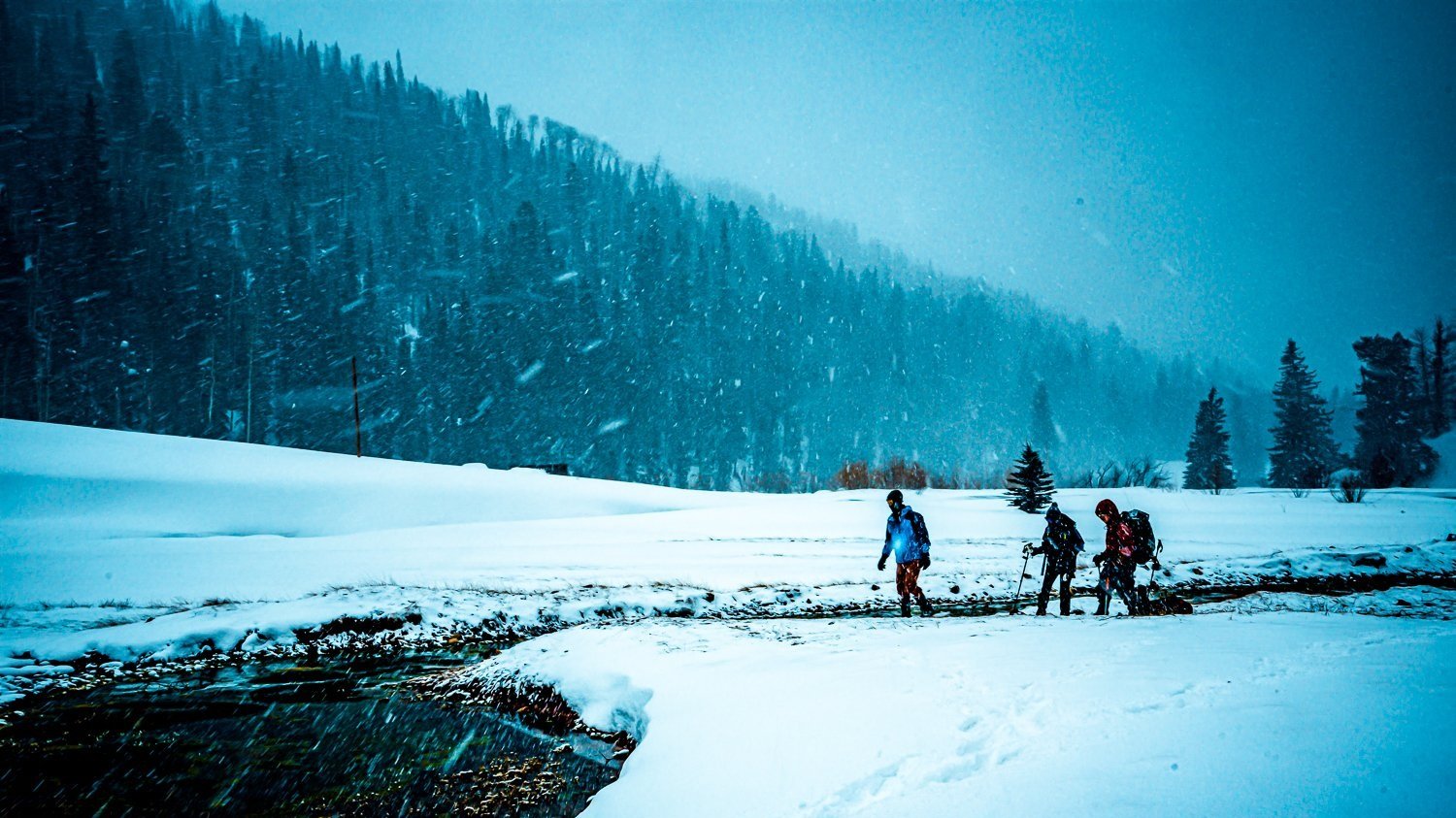
CARBON 2: COLORADO
The Rocky Mountains have more than just skiing and beautiful vistas; the region is also home to a wealth of geothermal activity in the form of hot and – more importantly – highly carbonated springs.
These springs – which dot the entire state – contain up to 1000x more dissolved carbon dioxide than the site we sampled in Carbon1 (Sicily). Given the success of that mission in isolating one of the most efficient carbon capture organisms ever documented, we figured Colorado was the place to look if we wanted to find another top-of-the-line organism for emission reduction. Check out this link on Instagram to see what we found during Carbon1.
In late February of 2023, we launched an expedition to sample these springs. In a mobile lab, we covered the entire state of Colorado from North to South, collecting biological material from ten different springs ranging dramatically in heat and carbon dioxide levels. We sampled all manner of beautiful sites, some with wild (microbially derived) colors, like Pinkerton Hot Springs (pictured here in both a wide shot and a close up of a microbial mat).
Unlike in Carbon1, we didn’t know what to expect, geochemically speaking; many of the sites were relatively unexplored, so the concentrations of different compounds (like sulfur, nitrogen, etc), hadn’t been reported. That meant, to be able to culture microbes effectively, it was up to us to characterize springs real-time.
By sequencing the DNA of organisms living in the springs, we gained a sense for what compounds they needed to survive; in turn, we could design culturing media with these compounds to grow them. You can see here a DNA sequencer (an Oxford Nanopore MinION) running on the hood of a Honda Pilot. This is normally a technique carried out in a highly sensitive environment (like a lab). But with our refined processes, we are able to complete it immediately in the field.
We’re integrating the results and methods we built on this trip with the data from Carbon1 to further expand our living database of carbon capture organisms. Expect some updates in the coming months.
Gallery

Stay tuned for findings, more expeditions, and content coming soon!







